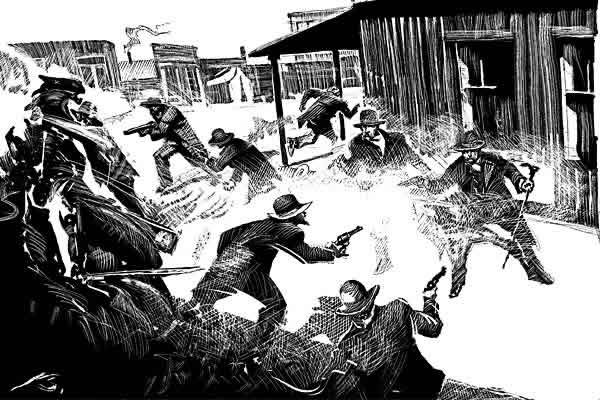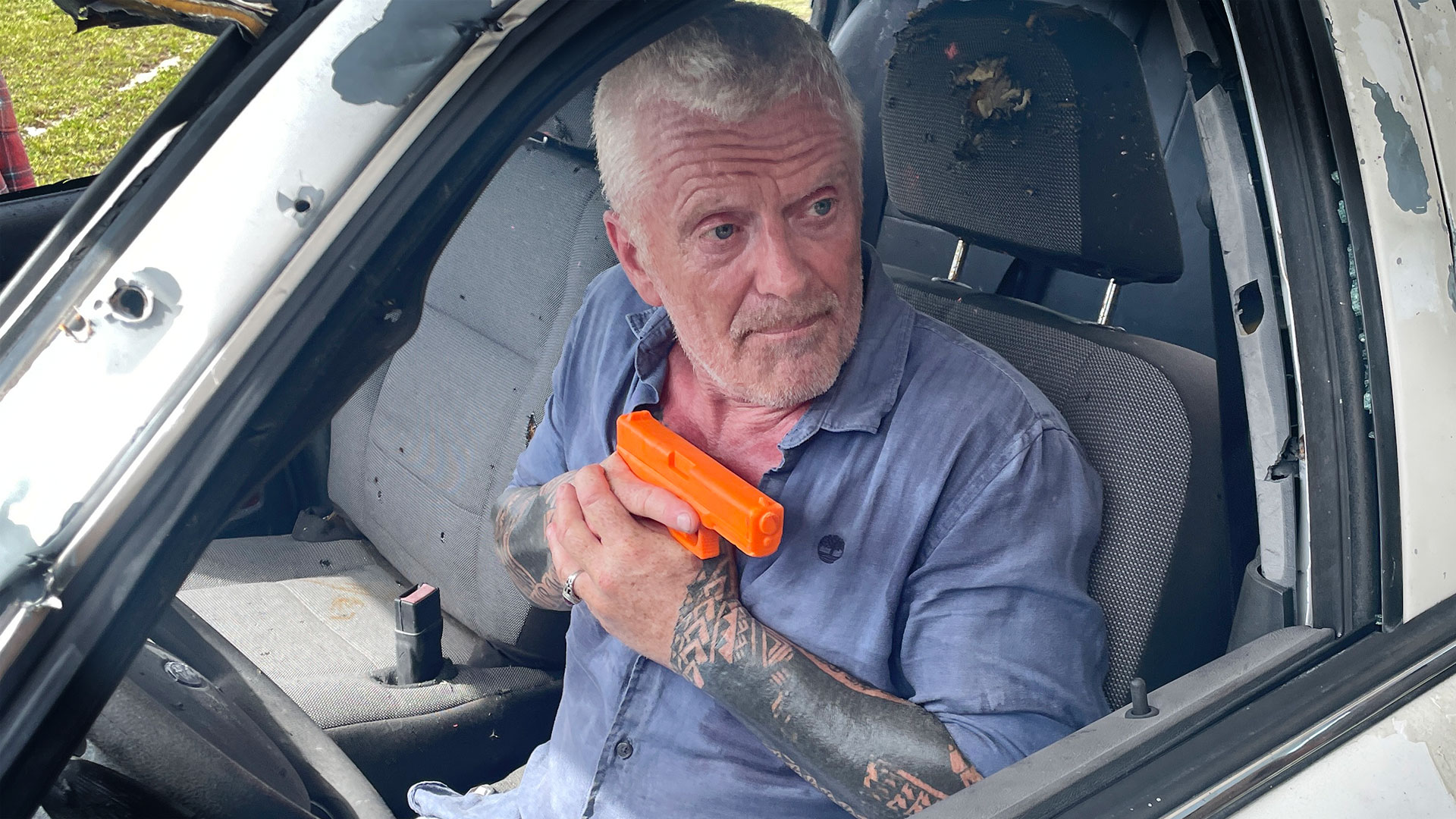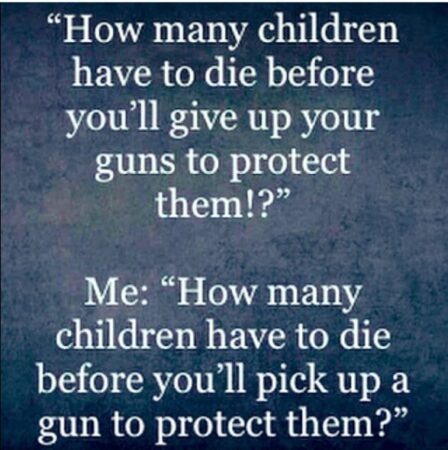Jewish camp leaders challenge carry law due to anti-semitism.
If you’re part of a group that may well be targeted by someone simply because you’re part of that group, it’s probably a good idea to take steps to protect yourself.
Anti-semitism, homophobia, racism, and so many other forms of hatred are, unfortunately, real and if you’re someone who is concerned about any of those, it makes sense to arm yourself and to carry a firearm everywhere you can.
In New York, though, the people who run a camp for Jewish kids are challenging the state’s carry laws because it makes it impossible for them to protect the kids.
The CEO of Kars4Kids, a Jewish charity with a catchy advertising jingle, is challenging New York state’s concealed carry law in court — claiming that it leaves children vulnerable to antisemitic attacks.
Eliohu Mintz, who heads Kars4Kids, is also the CEO of Oorah, a Jewish outreach nonprofit funded by Kars4Kids that runs a summer camp in upstate New York. In a federal lawsuit filed Friday, Mintz and a camp administrator, Eric Schwartz, say the law exposes the camp to antisemitic attack because it bans private citizens from carrying guns in places where religious activities are conducted.
“The violent attacks on Jewish people targeting places of worship and places where children are — the most vulnerable of the population — are random and provide the victims with no notice or advance warning,” Mintz said in a declaration attached to the lawsuit. “I cannot be left unprepared and unarmed in the event that an evildoer decides to attack one or both of the [camp’s] campuses nor can the other licensed staff members.”
Now, there’s a provision that amended the law in question that allows for armed security personnel at places of worship. The problem?
“The plaintiffs are staffers who have carried for personal protection and want to continue carrying,” Amy Bellatoni, the attorney for Mintz and Schwartz, told the Jewish Telegraphic Agency. “They are not designated security personnel and, therefore, not part of the exemption.”
And therein lies the problem.
Obviously, I side with Mintz and Schwartz here. The carry law was written to include as much of the state of New York as possible and removes any possibility of a so-called sensitive location to decide for itself whether it allows firearms or not. New York decided and a lot of people are paying the price.
And anti-semitism is very real and isn’t likely to go away. Those who want to harm Jews aren’t going to be deterred by the idea that these places of worship are gun-free zones, either. I mean, if the laws against murder aren’t going to deter them, a Ghostbuster-like side with a gun in the center instead isn’t likely to do anything either.
So it’s my heartfelt desire to see this change. The people of New York deserve better than they’re getting from their so-called leadership. Concerns of racism or anti-semitism or anything else like that should be taken seriously and people should be empowered by the constitutionally protected rights granted them by being human beings to combat them, with words when appropriate and with bullets when their lives are threatened.




 Gov. Greg Abbott signs new law mandating armed security at all Texas schools
Gov. Greg Abbott signs new law mandating armed security at all Texas schools
